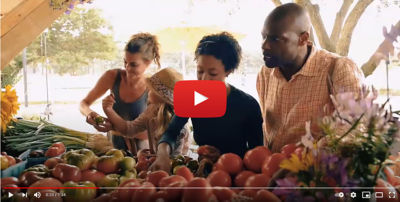Causal Agent
Environmental, genetic
Distribution
Worldwide
Symptoms
Superficial cracks are characteristic of jalapeño peppers, but are considered problematic in other pepper fruit types. Splitting of the epidermis occurs in fruit under stress, near maturity. Fine superficial cracks on the fruit’s surface give a rough texture to the fruit, and deeper cracks are commonly colonized by secondary pathogens, which cause postharvest decay.
 Surface cracks on bell pepper fruit.
Surface cracks on bell pepper fruit.
Conditions for Development
The severity of fruit cracking is related to stress sustained by fruit during stages of rapid growth. In the field, wide differences in day and night temperatures or heavy rain or water availability promote cracking. During periods of rapid fruit expansion, high relative humidity at night in greenhouse production systems can also cause fruit cracking.
Control
Proper irrigation and nutrition management can help reduce cracking. In greenhouse operations, avoid high relative humidity and temperature fluctuations at night to reduce plant stress. Some cultivars are less susceptible to fruit cracking than others.




